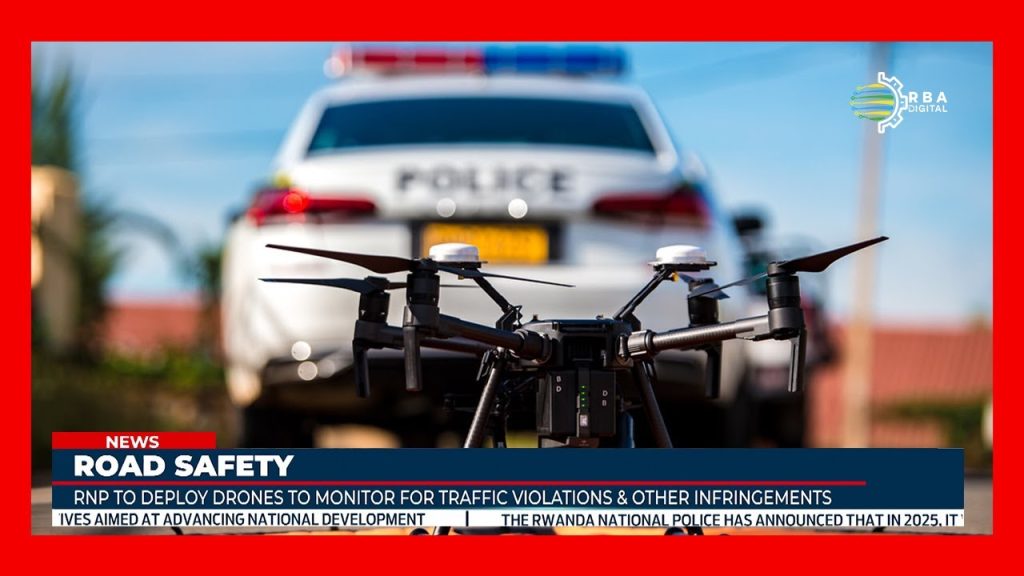

Title: The Emergence of Drones in Traffic Surveillance and Regulation
Introduction
The swift evolution of technology has created opportunities for groundbreaking solutions across various industries, including traffic control. Among these advancements, drones have surfaced as an impactful resource for overseeing and enforcing traffic infractions. This article delves into how drones are employed in traffic oversight, their advantages, obstacles, and the prospects of drone technology in this arena.
The Function of Drones in Traffic Surveillance
Drones, also known as unmanned aerial vehicles (UAVs), are being increasingly utilized to observe traffic conditions instantaneously. Outfitted with high-resolution cameras and sensors, drones can document intricate images and videos of roadways, intersections, and traffic trends. This aerial viewpoint permits thorough surveillance of traffic movement, bottlenecks, and potential infractions.
Regulation of Traffic Infractions
Drones are employed not solely for observation but also for the enforcement of traffic regulations. They can detect and document occurrences of speeding, unlawful lane changes, and other infractions. The information gathered by drones can be transmitted to law enforcement agencies, empowering them to execute suitable measures. This approach boosts the effectiveness of traffic law enforcement by supplying precise and prompt evidence of violations.
Advantages of Employing Drones
1. Expanded Coverage: Drones can swiftly and effectively cover extensive areas, offering a wider perspective on traffic conditions compared to conventional methods.
2. Economical: The use of drones can prove to be more economical than relying on terrestrial patrols or setting up fixed cameras at numerous sites.
3. Immediate Data: Drones deliver real-time data, permitting a prompt response to traffic incidents and infractions.
4. Safety: By minimizing the need for human involvement in hazardous traffic scenarios, drones improve the safety of law enforcement personnel.
Obstacles and Issues
Despite their benefits, the deployment of drones in traffic enforcement brings forth various challenges and concerns:
1. Privacy Considerations: The implementation of drones for surveillance can lead to privacy apprehensions within the community. Ensuring compliance with privacy laws is vital.
2. Regulatory Challenges: Drone operations are governed by stringent regulations that may differ by locality. Navigating these legal frameworks can be complicated for law enforcement agencies.
3. Technical Constraints: Drones face limitations in battery endurance and weather conditions, which can influence their operational efficiency.
4. Public Reception: Achieving public confidence and acceptance of drone technology in traffic regulation is crucial for its effective implementation.
Future Perspectives
The outlook for drones in traffic surveillance and regulation appears bright. As technological advancements continue, drones are anticipated to become more autonomous, featuring enhanced sensors and extended flight durations. Integration with artificial intelligence (AI) could improve their capability to analyze traffic patterns and foresee violations. Furthermore, partnerships between government entities and private firms may result in broader adoption and innovation within this domain.
Conclusion
Drones provide a revolutionary method for traffic surveillance and regulation, delivering several benefits in terms of efficiency, coverage, and safety. Nonetheless, it is imperative to address the challenges and concerns linked to their utilization for successful assimilation into traffic management frameworks. As technology advances, drones are set to play a progressively vital role in achieving safer and more efficient roadways.






